Product Recommendation - Boost sales and increase shopper satisfaction

Imagine effortlessly boosting your e-commerce revenue, enhancing customer satisfaction, and driving repeat purchases with a single strategic move—enter product recommendations. Crafting a product recommendation strategy transforms your online store into a revenue-generating machine by delivering personalized suggestions that captivate and convert shoppers.
This guide explores the world of product recommendations, detailing their importance and providing tactics for a winning strategy, complete with examples. Your one-stop shop for learning how product recommendations can drive more revenue in the e-commerce realm.
What Is a Product Recommendation?
In e-commerce, a product recommendation is a personalized suggestion aimed at enhancing shopping experiences and boosting sales. These suggestions are tailored based on diverse data sources, including user behavior, past purchases, browsing patterns, and preferences.
Two primary types of product recommendations exist
- Algorithm-driven
Algorithm-driven recommendations, powered by AI, encompass bestsellers, trending, similar, recently viewed, and frequently bought together products. We simplify these as “recommendations” and suggest their use when automatic product selection based on user interactions is desired, minimizing setup and maintenance efforts.
- Rules-based
Conversely, rules-driven recommendations, which can be referred to as “pathways”, are set by merchandisers to display specific products. Common examples include new arrivals, discounted items, brand highlights, and excess inventory promotions. Pathways are effective for creating a guided and uniform user experience, particularly when promoting specific product ranges or campaigns.
For optimal outcomes, a blend of algorithm-driven and rules-based product recommendations is recommended to maximize engagement and revenue on your site.
Why Are Product Recommendations Important?
Product recommendations play a crucial role in enhancing shopper satisfaction, increasing engagement, and driving sales by facilitating product discovery and delivering a personalized shopping experience. They are integral to personalized search and discovery experiences in e-commerce, offering numerous benefits for businesses:
-
Enhanced Customer Experiences Prioritizing product information and an excellent product taxonomy creates a user-friendly site experience, reducing frustration and improving customer satisfaction.
-
Increased Conversion Rates Relevant product recommendations lead to more conversions as visitors see what they want, prompting them to follow through with a purchase.
-
Higher Customer Engagement, Retention, and Loyalty Analyzing zero- and first-party data, along with past searches, allows for personalized search results, making customers feel understood and increasing their likelihood to convert.
Moreover, it helps align suggested products with customer preferences, fosters understanding, encourages repeat purchases, improves retention rates, and contributes to positive word-of-mouth referrals.
-
Greater Order Value Suggesting related or complementary products encourages customers to add more items or choose higher-priced products, boosting average order value (AOV) and overall revenue.
-
Inventory Optimization Product recommendations aid in optimizing inventory management by analyzing shopper behaviors and preferences, allowing businesses to stock popular and in-demand items while reducing inventory costs.
-
Competitive Advantage Providing personalized and seamless shopping experiences through product recommendations gives brands a competitive edge, attracting and retaining customers in a crowded marketplace. In an increasingly competitive landscape, leveraging product recommendations is essential for e-commerce businesses aiming to thrive and stand out.
II. 9 Most Useful Product Recommendation Techniques
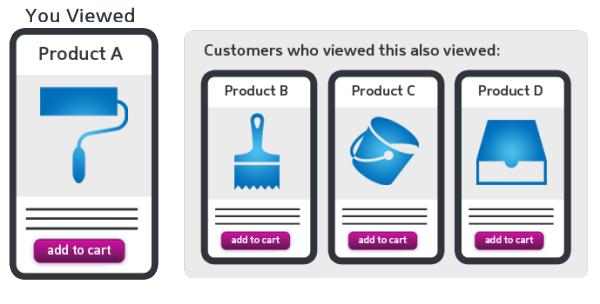
E-commerce enterprises have been becoming increasing popular in the market place. To launch smoothly and effectively each online merchant will undoubtedly need the help from supporting tools such as product recommendation engines. Basically, product recommendation engines functions as advisors to provide appropriate suggestions for web browsers. However, there are different ways that are used to figure out the most suitable advices for consumers. Following are 10 most effective techniques used to increase revenues.
2.1 Frequently Bought Together

This method is mostly used to display suggested products on cart pages when a customer already chose a product. For example, if a consumer decides to buy an Iphone 8, some suggestions such as earphones, cases, rings, and so on will be recommended for him. Applying this technique to increase the number of items and the amount of value per order is highly effective since these items suggested are often of customer’s demands. However, there is still a drawback in this strategy that shop admins should take into their consideration is checkout process. As the more buyers click on products, the more suggested options will be displayed; checkout process as a consequence, will take longer and more complicated. Therefore, store owners should optimize their pages to make sure that checkout process is at ease to all consumers no matter how many items they add after receiving recommendations.

Frequently Bought Together for M2
Encourage additional purchases by suggesting relevant products often bought together with their chosen items
Check it out!2.2 Top selling products
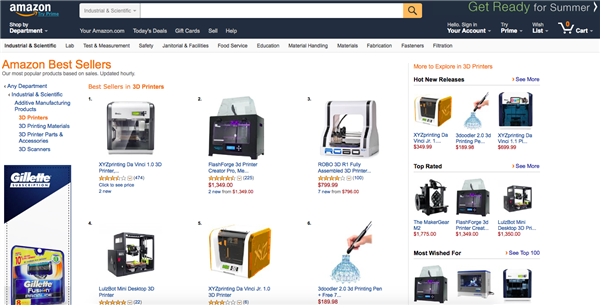
A product recommendation engine to display best-seller products is applied for almost all online merchants as a strategic sale method. Especially, it is highly suggested in case the stores have limited customer data. In other words, best-selling product recommendation is a backup plan when other recommendation engines do not have enough information to perform its functions.
Click here to learn how to display Bestsellers block on your site.
2.3 Latest products

Latest product recommendation is quite similar to best-seller recommendation as it is specially suitable for a campaign that does not need to be personalized. This method is very useful and handy for web browsers as they can easily identify the most up-to-date products in the marketplace without wasting time looking for them. Additionally, this engine enables regular customers find out what is new in the store just in a second.
2.4 Similar products
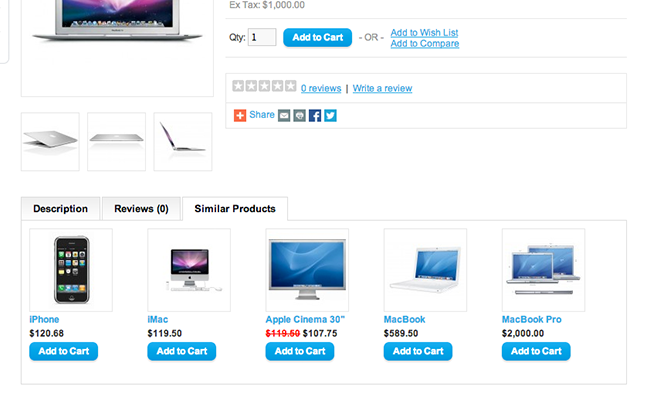
This method needs a certain amount of customer data about their tastes and preferences to figure out the most suitable suggestions for shopping doers. Data can be collected via customer shopping behavior such as the products they are looking for, products already bought in the past, keywords, and so on. If an online store system can determine that they thoroughly understand what customer’ needs and they care about customer’s interest, they probably create a sense of satisfaction and retention among consumers.
2.5 Recently viewed products
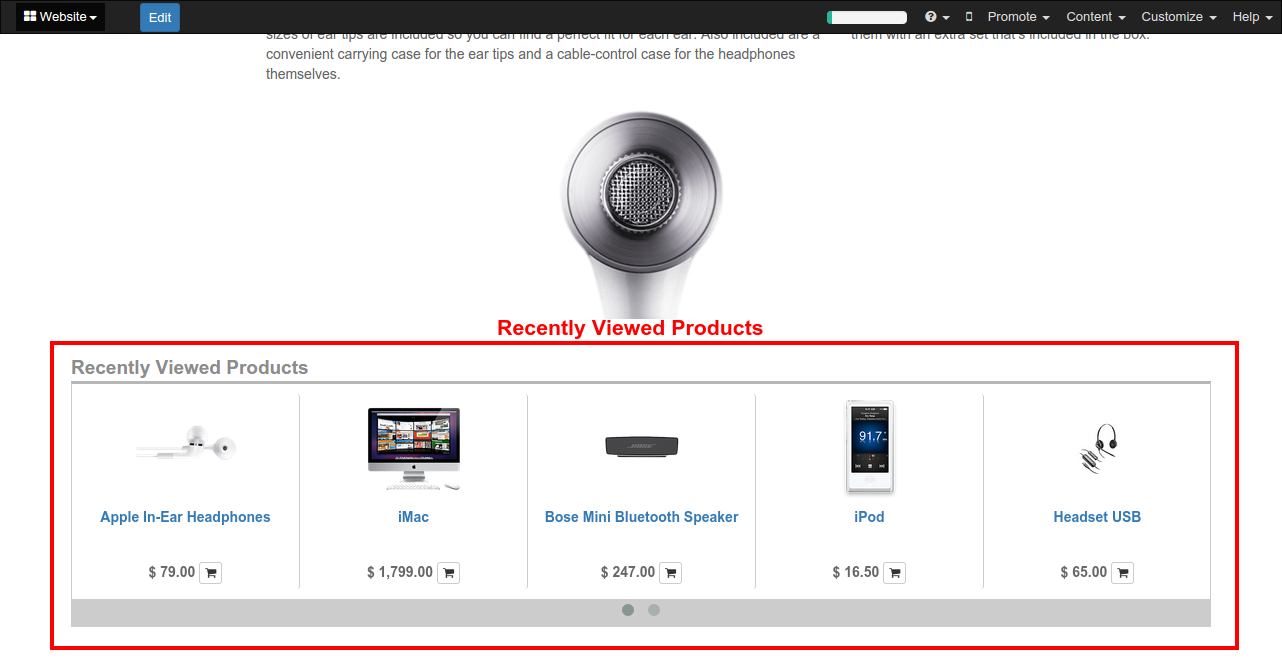
Imagine when a customer explores a product by chance and later they want to find more information about this product, recently viewed recommendation works perfectly in this field. Every item that a buyer used to search in your online store will be recorded and personalized to give them suitable recommendation whenever they need. Only by one simple click, can customer track all their search history; therefore, they can make shopping decision more easily.
2.6 Popular products
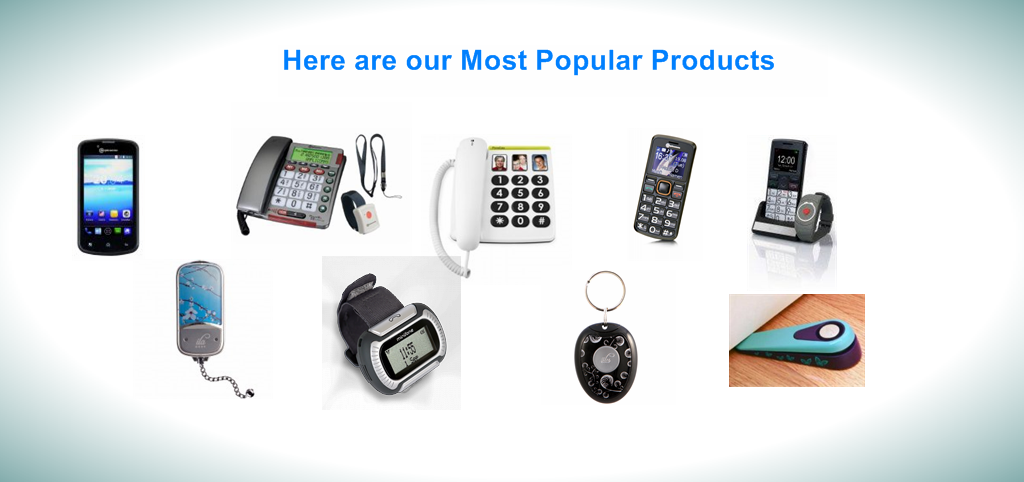
Popular product recommendation is applied to provide suggestions to customers who do not have any idea about detailed description of the product they want to purchase. The recommendation engine which offer popular items will be such a helpful advisor in this situation. A series of items which are favorable for many people will determine that these items are fashionable or have good quality. For example, when a female want to search for a dress and she only enters “dress” in the searching box. By giving her the most popular and favorable dresses chosen by other people, she can take them into her account. As a result, decision-making process will take lesser time and be easier as well.
2.7 Who bought this item also bought
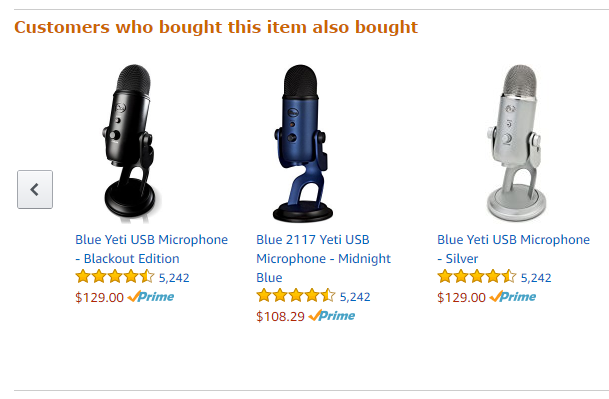
This recommendation engine is a tool that offers suggestions after a shopping doer decides to buy a particular item. From other people’s experience and shopping behaviors, additional options are generated. Therefore, customers can treat these suggestions as useful advices from many consultants. Moreover, since these suggestions are based on other consumer’s purchases, it will become more reliable and trustworthy. Click here to learn more about Who Bought This Also Bought
2.8 Personalized recommendations
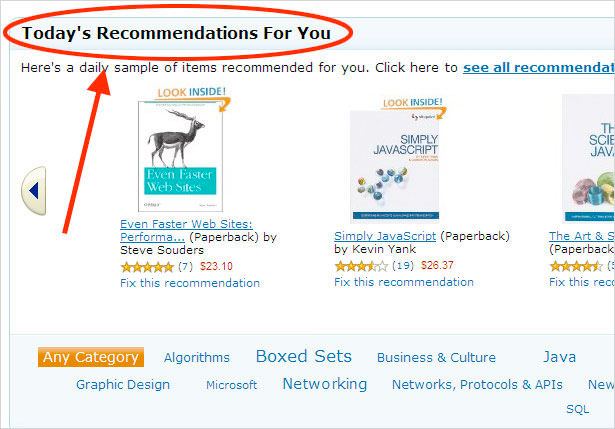
Personalized advisor provides recommendation to consumers based on their previous shopping behaviors. That is the reason why to function this method, online merchants need to accumulate a certain amount of customer data via their past purchase and browsing history. Each consumer, as a result, will receive a unique list of recommendations that highly match their preferences and tastes. A personalized recommendation engine is considered to the best one to give specific and useful suggestions for web browsers.
2.9 Off-site recommendations
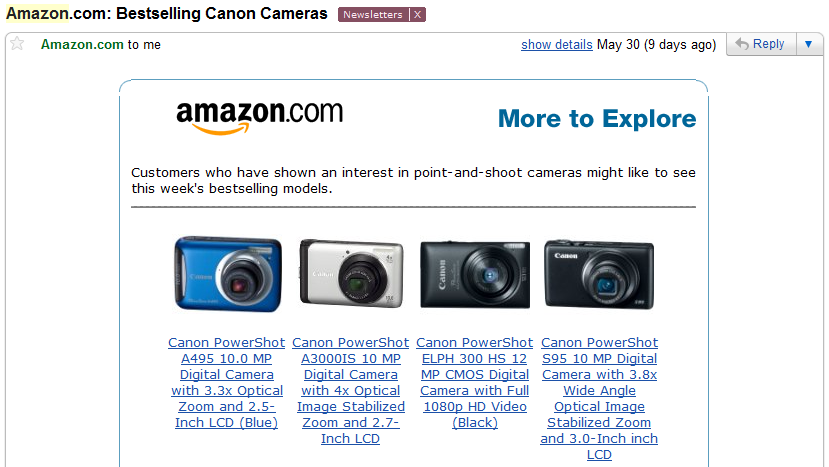
Off-site recommendation engine is applied after a consumer already purchased a product and finished their online session in the stores. It is a follow up activity which is expected to increase customer’s demands about other products. Depending on what consumers bought in their previous session, algorithms will analyze several criteria to figure out the most appropriate results to offer to consumers. These results will later be sent to buyers through their emails. Some online merchants even take advantages of this chance to attach an appealing voucher such as discount to encourage customers to shop more.
| Frequently Bought Together | Who Bought This Also Bought | Automatic Related Product |
|---|---|---|
 </a> </a> |
 </a> </a> |
 </a> </a> |
Conclusion
Product recommendations are pivotal in ecommerce, elevating revenue and customer satisfaction. This article underscores the strategic importance of algorithm-driven and rules-based approaches for a personalized shopping experience.
By integrating AI-driven algorithms and merchandiser-set rules, businesses can maximize engagement and revenue. The benefits range from improved customer experiences to increased conversion rates and loyalty.
In the competitive ecommerce landscape, leveraging product recommendations is essential for success. Implementing effective techniques strategically propels businesses to boost sales and maintain a competitive edge.






![Top 20+ Must-have Shopify Apps for 2025 [Free & Paid] - Mageplaza](https://cdn2.mageplaza.com/media/blog/must-have-shopify-apps/top-must-have-shopify-apps.png)
![[2025 Updates] Top 10+ Upsell Apps for Shopify - Mageplaza](https://cdn2.mageplaza.com/media/blog/best-upsell-shopify-app/cover.png)